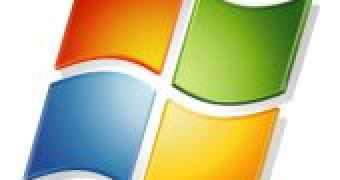Some people saw it coming a few years back, when word first got out on the work down to strip Windows down to its core for the MinWin project.
But while it hasn’t happened with Windows 7, getting Windows on devices where the client hasn’t landed before might happen with Windows 8.
Microsoft’s next major iteration of Windows, dubbed Windows 8 informally, will be better equipped to allow it to conquer new hardware territories than all of its predecessors.
And the fact of the matter is that with the wide variety of devices today come with enough resources packed under the hood to qualify them to run at least a stripped down version of the Windows client.
At the 2011 International Consumers Electronics Show in Las Vegas earlier this month, Chief Executive Officer Steve Ballmer revealed a new mantra for the Redmond company, one that is in concordance with the vision of seeing Windows everywhere, on every device possible.
Also at CES 2011, Steven Sinofsky, President, Windows and Windows Live Division demonstrated a very early Build of Windows 8 sporting support for System-on-a-Chip architectures, including ARM chips.
Following CES 2011, Intel CEO Paul Otellini revealed that plans are in motion to have Windows 8 run on future smartphones.
"The plus for Intel is that as they unify their operating systems, we now have the ability for the first time... to have a designed-from-scratch, touch-enabled operating system for tablets that runs on Intel that we don't have today," Otellini revealed, according to PC Pro.
“Secondly, we have the ability to put our lowest-power Intel processors running Windows 8 – or 'next-generation Windows' – into phones, because it's the same OS stack. And I look at that as an upside opportunity for us."
It’s already extremely clear that Windows 8 will go well beyond desktop computers and laptops. The operating system is bound to run on netbooks and Tablet PCs / slates as well.
In addition, per Ballmer’s promise, consumers should also expect to see Windows 8, or flavors of Windows 8, on whatever devices they will be using in the future, not just on ARM systems.

 14 DAY TRIAL //
14 DAY TRIAL //